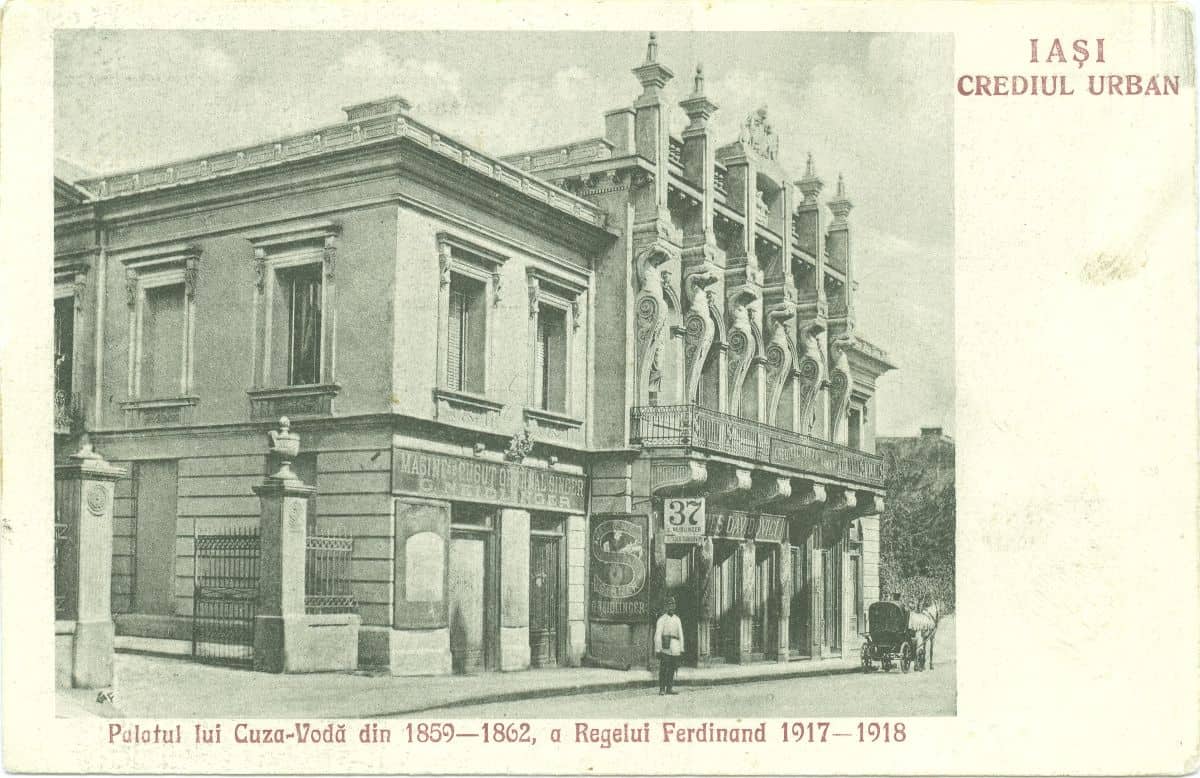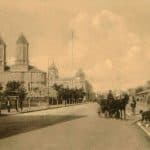Situated on the pedestrian artery emblem Alexandru Lăpuşneanu, the Unirii Museum building hides behind the beautiful gates not only collections of a great historical, documentary and artistic value but a rich history of its own. Built in the beginning of the 19th century, the neoclassical building is in turn a welcoming host of several Moldovan boyar families. The families Catargi, Paladi, Cantacuzino-Pascanu or Ghica are among the first owners of the interesting palace, and although the names of the Romanian people’s history are faded in the shadow of the one who has been living here for four years. It is the prince of the United Principalities, Alexandru Ioan Cuza, thanks to which the edifice will be known from 1859 until today as “Cuza Palace”. But the ruler is not the only Romanian leader who was hosted at the palace. During the First World War, during the period when Bucharest was occupied by the German troops, the palace hosted King Ferdinand, who established his headquarters here.

Since 1937, the building has become state property and the great scholar Nicolae Iorga, aware of the historical value of the edifice, makes the proposal to be destined for the noble custody mission of collections on the history of the Union of Romanian Principalities. Thus, the museum encompasses both aspects of the union era and evidence of the time spent there by the prince Cuza: his workrooms, the living room, the salon, the billiard room, the Doamna salon and a bedroom. On January 24, 1959, the Union Museum is inaugurated, making it the place where Romanians can connect to one of the most important moments of national history.


